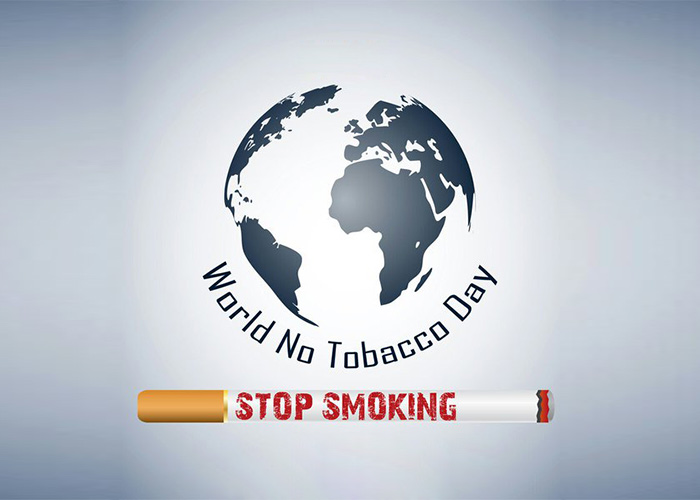World No Tobacco Day, which is May 31, was created in 1987 by Member States of the World Health Organisation (WHO) with the aim of drawing global attention to the health hazards of tobacco products consumption on the human race and advocating some effective policies and measures for minimising its use worldwide. The theme of this year is, “Protecting children from tobacco industry interference”.
According to the World Health Organisation (WHO), tobacco smoking kills more than eight million people each year in the world, including an estimated 1.3 million people who are exposed to second-hand smoke.
Additionally, according to 2022 data, worldwide, at least 37 million young people aged 13–15 years use some form of tobacco. A cardinal question here is why the tobacco industries are targeting children and youth? The answer is to keep making billions of dollars with their business in order to replace the millions of customers who lose their lives and those who quit tobacco consumption globally.
Medical scientists have been raising the alarm for decades that tobacco consumption breeds life-threatening diseases that include lung cancer, Type-2 diabetes, chronic obstructive pulmonary disease (COPD), heart disease and stroke.
The most painful thing today is how marketing campaigns of tobacco industries push children and youths into smoking and making them addicted through their captivating advertisements, on television stations, print media, outdoor billboards, sport events, movies, public entertainment and others.
The grave threat to tobacco control and the lives of children, youths and adolescents is the emergence of the electronic cigarette (e-cigarette). These embellished tobacco products are being spread among young men and women in many countries around the world.
A few days ago, WHO and the Stopping Tobacco Organisations launched the “Hooking the next generation” report. In it they highlighted how the tobacco and nicotine industries design products, implement marketing campaigns and work to shape policy environments to assist them to make children and youths addicted.
The WHO is calling on governments to safeguard children and youths from falling into tobacco and nicotine companies’ traps.
Last week, the Director-General of the WHO, Dr Tedros Adhanom Ghebreyesus said, “History is repeating, as the tobacco industry tries to sell the same nicotine to our children in different packaging. These industries are actively targeting schools, children and young people with new products that are essentially a candy-flavoured trap. How can they talk about harm reduction when they are marketing these dangerous, highly-addictive products to children?”
Besides, the Director of Health Promotion of the WHO, Dr Ruediger Krech said, “These industries are intentionally designing products and utilising marketing strategies that appeal directly to children. The use of child-friendly flavours like cotton candy and bubblegum, combined with sleek and colourful designs that resemble toys, is a blatant attempt to addict young people to these harmful products”.
The increase of tobacco consumption amongst children and youths requires passionate attention and immediate action from governments and relevant stakeholders worldwide so as to save the future of our younger and unborn generations from being infected by life-threatening diseases culminating in their sudden deaths.
They should help work together to implement effective measures in order to protect the young people from the harmful effects of cigarette smoking and promote a healthier future for generations to come.
Mustapha Baba Azare, Bauchi State
Mustaphababaazare4@gmail.com

 Join Daily Trust WhatsApp Community For Quick Access To News and Happenings Around You.
Join Daily Trust WhatsApp Community For Quick Access To News and Happenings Around You.


